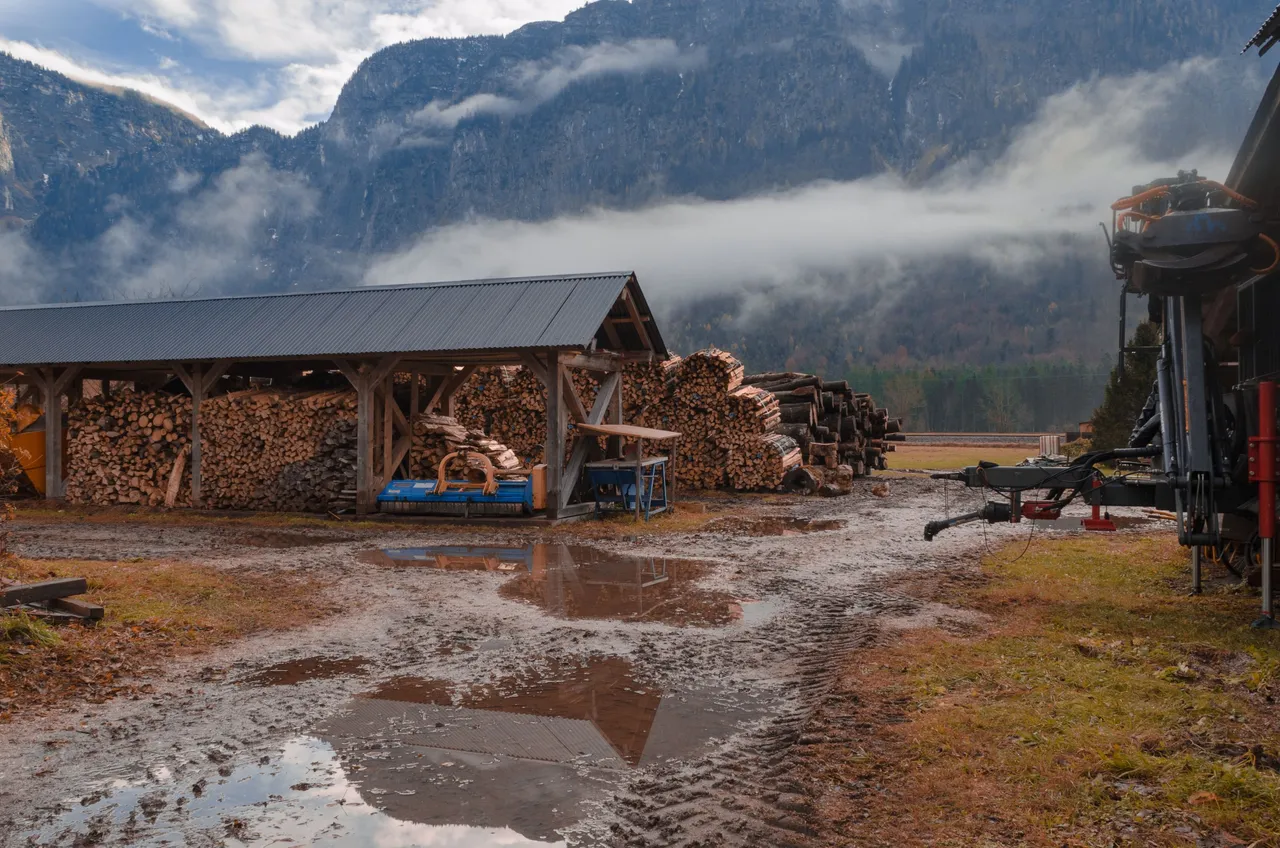Desde que se anunció esta iniciativa el miércoles pasado tenía claro como abordar el tema del trabajo, lo que no tenía nada claro era qué imagen usar. Aunque la semiótica sea una rama de la filosofía, no es algo de lo que yo pueda decir que sea un experto o que tenga amplios conocimientos. Es más, intentar construir un relato en esta oportunidad dedicada a la semiótica es para mi todo un reto.
Para intentar construir una definición de la semiótica a modo de introducción, valdría la pena mencionar que, esta disciplina intenta hacer una aproximación a los sistemas de comunicación dentro de las sociedades humanas. Que como método de comunicación cargado de signos, símbolos, significados y significante. Lo cierto es que todo tiene cierto valor icónico, valor que en muchos casos expresa un más allá de lo meramente observable por los sentidos. Ya que la hermenéutica, o la capacidad humana de interpretar las cosas, hace aún más interesante toda búsqueda de sentido.
Ahora bien, en la iniciativa se nos invita a escoger una imagen o pueden ser varias, por medio de la cual, buscaremos construir un relato interpretativo sobre nuestra concepción del trabajo. Es por eso que escogí la imagen de un aserradero, pero antes de continuar con mi texto, pincha aquí si quieres leer y enterarte de qué va la iniciativa por ti mismo.

Seguro te estás preguntado por qué rayos escogí la imagen de un aserradero, resulta que la imagen puede transmitir lo que deseo, aunque no de manera literal, y a partir de este punto la semiótica comienza a tomar protagonismo. Partamos de la imagen del aserradero, ¿Qué es un aserradero?, seguro ya lo sabes, pero por si no lo sabes, es un lugar donde, por medio de procesos industriales, los troncos talados se convierte en tablas. Tablas que posteriormente se usaran en la construcción de algún objeto. El corazón del aserradero es convertir los troncos talados en tablas de madera.
Para mí, el trabajo es transformación, aunque no siempre he pensado de ese modo. Desde que leí un poco a Karl Marx en Antropología filosófica comprendí que el trabajo es transformación. Más allá de las interpretaciones políticas que el hombre ha hecho de los escritos marxistas, una lectura desde la antropología parece ser una postura menos radical, y menos utópica. Resulta que, como bien decía Marx, el ser humano es el único ser que puede transformar la naturaleza, somos capaces de construir un entorno gracias al trabajo, un trabajo que no es más que la expresión creadora y creativa que caracteriza al ser humano.
Ningún otro ser ha sido capaz de crear un sistema económico como el que hemos creado los seres humanos, las aves construyen nidos, algunos mamíferos construyen sus guaridas, pero ningún otro ser construye casas, apartamentos, complejos residenciales. De hecho, en principio seguimos viviendo en cuevas, solo que ahora la piedra que usamos para edificar nuestras cuevas es una piedra industrializada, procesada.
El trabajo, para mí, es transformación y no solo en sentido material. Una de mis actividades principales es la creación de contenido, y por medio de herramientas electrónicas como mi smartphone doy vida a mis ideas. Todo texto, nace como una idea, y por medio de herramientas transformo la idea en algo más.
Así que por esa razón escogí la imagen del aserradero, porque el hecho de saber como los troncos se transforman en tablas, me recuerda como hay un rasgo importante de la condición humana que nos hace seres creadores.
Gracias por leer, y estimado lector, te invito a participar en esta iniciativa.

ENGLISH VERSION
Work as transformation
Since this initiative was announced last Wednesday it was clear to me how to approach the topic of the paper, what was not at all clear to me was what image to use. Although semiotics is a branch of philosophy, it is not something I can claim to be an expert in or to have extensive knowledge of. Moreover, trying to construct a narrative in this opportunity dedicated to semiotics is a challenge for me.
To try to construct a definition of semiotics by way of introduction, it would be worth mentioning that, this discipline tries to make an approach to the systems of communication within human societies. That as a method of communication loaded with signs, symbols, meanings and signifier. The truth is that everything has a certain iconic value, a value that in many cases expresses something beyond what is merely observable by the senses. Since hermeneutics, or the human capacity to interpret things, makes any search for meaning even more interesting.
Now, in the initiative we are invited to choose an image or there can be several, by means of which we will try to build an interpretative story about our conception of work. That is why I chose the image of a sawmill, but before continuing with my text, click here if you want to read and find out what the initiative is all about for yourself.

I'm sure you're wondering why on earth I chose the image of a sawmill, it turns out that the image can convey what I want, although not literally, and from this point on semiotics begins to take center stage. Let's start with the image of the sawmill, what is a sawmill, surely you already know it, but in case you don't, it is a place where, through industrial processes, the felled logs are turned into boards. Boards that will later be used in the construction of some object. The heart of the sawmill is to turn felled logs into boards of wood.
For me, work is transformation, although I haven't always thought of it that way. Ever since I read a bit of Karl Marx in Philosophical Anthropology I understood that work is transformation. Beyond the political interpretations that man has made of Marxist writings, a reading from anthropology seems to be a less radical position, and less utopian. It turns out that, as Marx rightly said, the human being is the only being that can transform nature, we are able to build an environment thanks to work, a work that is nothing more than the creative and creative expression that characterizes the human being.
No other being has been able to create an economic system like the one we humans have created, birds build nests, some mammals build their dens, but no other being builds houses, apartments, residential complexes. In fact, in principle we still live in caves, only now the stone we use to build our caves is industrialized, processed stone.
Work, for me, is transformation and not only in a material sense. One of my main activities is the creation of content, and through electronic tools like my smartphone I give life to my ideas. Every text is born as an idea, and through tools I transform the idea into something else.
So for that reason I chose the image of the sawmill, because the fact of knowing how logs are transformed into boards, reminds me how there is an important feature of the human condition that makes us creative beings.
Thank you for reading, and dear reader, I invite you to participate in this initiative.

